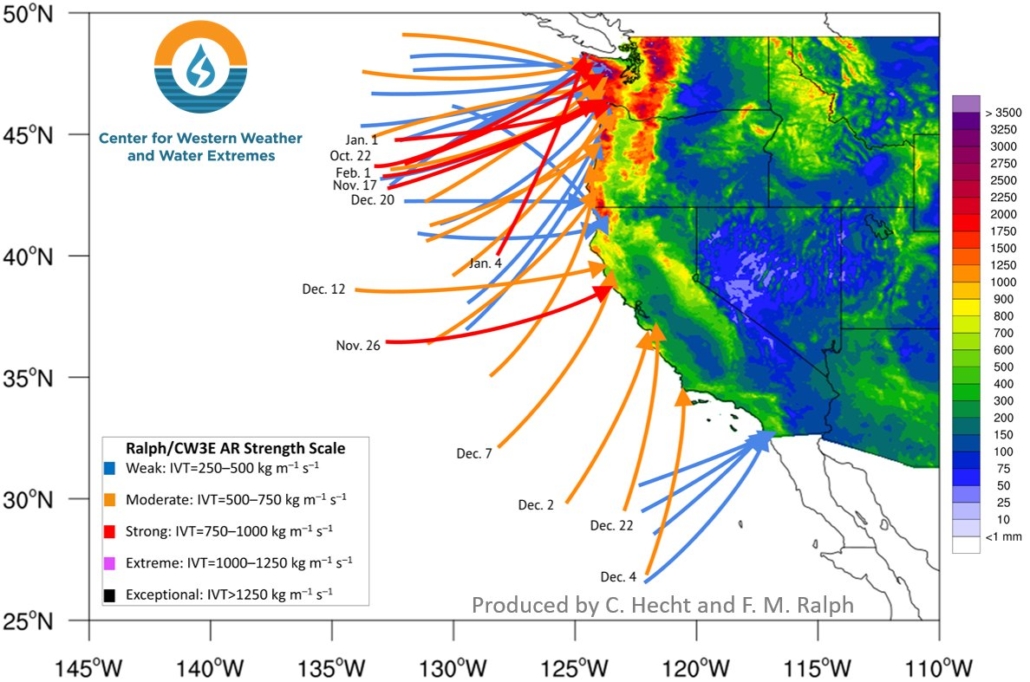Atmospheric River Hits California. Here’s What That Means.
As the United States begins to recover from a week of severe weather that left dozens dead, more storms are already in the forecast. An atmospheric river began moving through California on Tuesday, with another atmospheric river predicted for later in the week.




